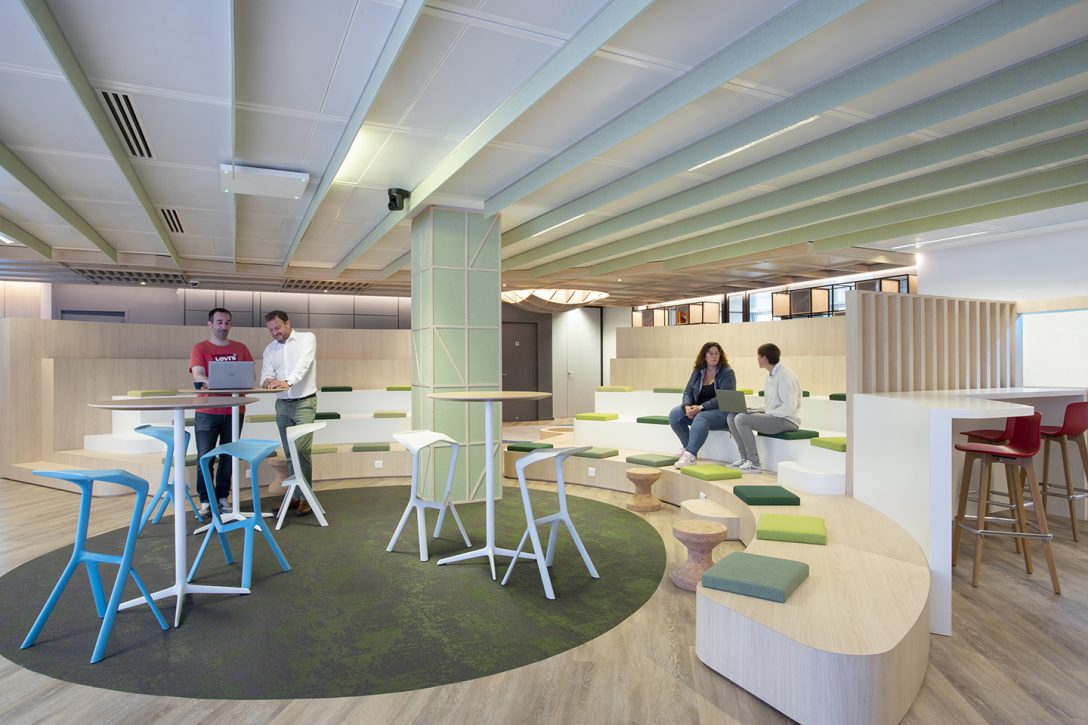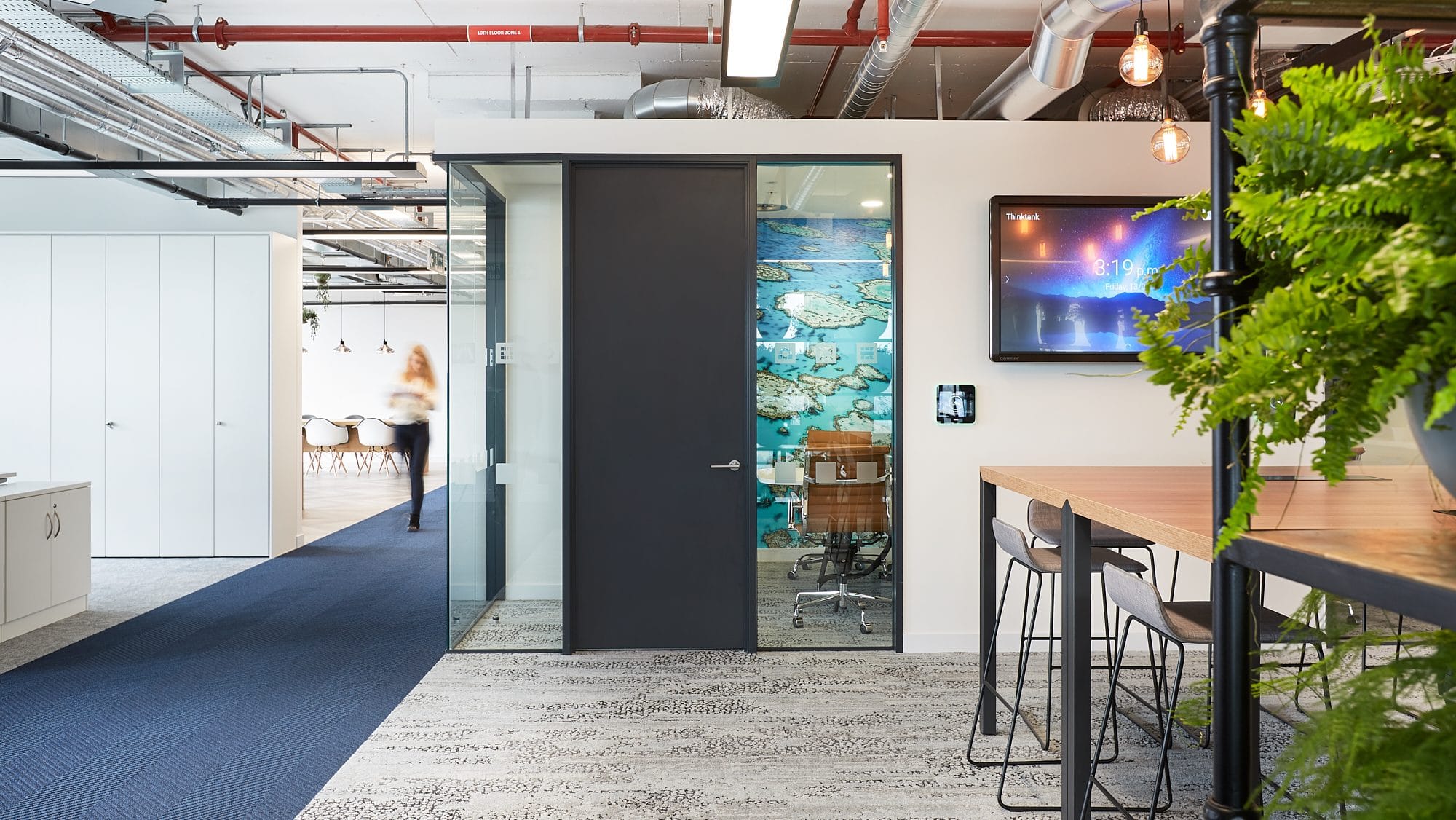Navigating the current state of France’s hybrid working
Explore the landscape of France's hybrid working policies and how they stack up throughout Europe.

In the evolving landscape of France’s hybrid working, offices undergo transformation amid global shifts in work dynamics. Particularly evident in Paris, this bustling city reflects the changing nature of work. Recent insights from The European Network for Economic and Fiscal Policy shed light on distinct approaches of French companies towards remote work, setting them apart from counterparts elsewhere.
The study reveals that, on average, French employees are granted a mere 0.4 days of remote work per week, a stark contrast to the 0.9-day average offered by other industrialised nations. Canada leads the global trend with 1.7 remote work days, while German workers benefit from a full day of remote work on average.
This difference raises important questions about the future of offices and how it affects both bosses and workers.There’s a big gap between what French workers want (1.4 remote working days) and what their employers offer. This not only affects hiring but also shows a trend among younger workers who see remote work as crucial for their career choices. For this demographic, remote work arrangements are not just a preference; they are an essential element shaping career choices.
Throughout Europe, regulatory bodies and governments are actively considering new legislation that calls for increased workplace flexibility. The latest report indicates that a significant number of European organisations have already adopted various forms of hybrid work.
Strategic office design can help navigate balance
Navigating this landscape, corporate leaders are faced with the crucial task of finding the right balance between in-office and remote work, a decision that will differ based on the unique dynamics of each organisation and team.
The evolving dynamics of remote work challenge us to rethink the very concept of workspaces… How can we design environments that seamlessly blend traditional office functionality with the flexibility demanded by hybrid working models? How can the physical workspace support collaboration, well-being and productivity in a world where employees might spend less time in the office?
Rethinking workspaces for the hybrid era
If you’re eager to delve deeper into office design strategies that align with the evolving landscape of hybrid working, be sure to check out our comprehensive guide on “5 Strategies for Effective Hybrid Workplace Design.”
This insightful article explores various tactics to create workspaces that seamlessly blend traditional office functionality with the flexibility demanded by hybrid models, specifically tailored for the changing work dynamics. Discover innovative solutions to foster collaboration, enhance well-being, and optimise productivity.
To transform your workplace into a hub of productivity and innovation, tailored to the demands of hybrid working, connect with our experienced design team today.


